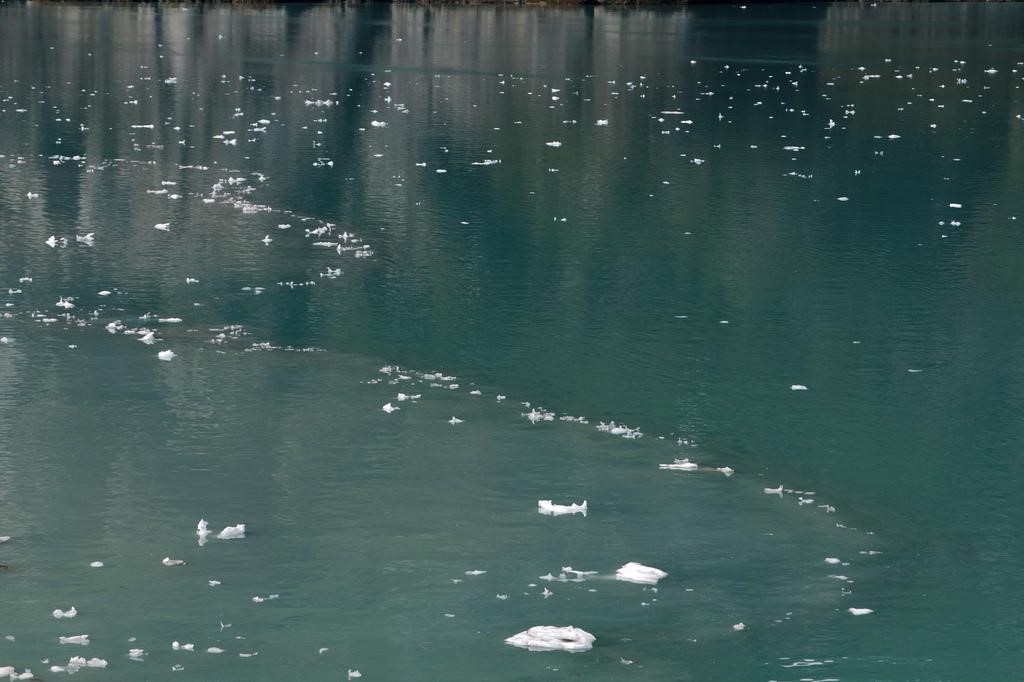
By Heather Hamilton, contributing writer
Researchers at Penn State are one step closer to generating electricity where rivers meet the ocean, according to a recent press release from University Park, Pennsylvania. The hybrid technology produces electrical power where seawater and fresh water combine. “It’s based on the difference in the salt concentrations between the two water sources,” says Christopher Gorski, assistant professor in environmental engineering at Penn State.
Potentially, the difference in the concentration of salt can generate up to 40% of global energy demands — if they can figure out a way to more successfully harvest it. According to Futurism, solar roofs could provide 25%, a small step toward the end of reliance on fossil fuels. Thus far, pressure retarded osmosis (PRO) and reverse electrodialysis (RED) have proven inadequate.
Gorski believes that PRO is the best technology in terms of the amount of energy you can get out but believes that the membranes transporting the water present the problem because they grow bacteria or otherwise pick up particles, which stick to their surface and prohibit them from transporting water because the holes in the membranes are so tiny and easily blocked. They also cannot withstand the pressures of waters with excess salt. PRO selectively allows the transport of water through a semipermeable membrane, rejecting salt. The pressure that results can be converted to energy via turbine.
RED uses an electrochemical gradient to develop voltages across ion-exchange membranes, which, as Gorski explains, “allow either positively charged ions to move through them or negatively charged ions. So only the dissolved salt is going to get through, and not the water itself.”
Energy is created when chloride or sodium ions cannot cross ion-exchange membranes through selective ion transport. Water isn’t required to flow through ion-exchange membranes, which means they don’t foul (like PRO membranes). However, they also aren’t capable of producing large amounts of power.
Researchers say that capacitive mixing (CapMix) may also work. It is an electrode-based technology that captures energy from the voltage that results when two identical electrodes are sequentially exposed to two types of water containing various salt concentrations. CapMix is promising but isn’t yet capable of producing mass amounts of energy.
By combining RED and CapMix technologies, Gorski, Bruce Logan (Evan Pugh Professor and the Stan and Flora Kappe Professor of Environmental Engineering), and Taeyoung Kim (post-doctoral scholar in environmental engineering) think they may be onto something.
The researchers built a custom flow cell in which two channels are separated by an anion-exchange membrane. Then a copper hexacyanoferrate electrode was placed in each channel, using graphite foil to collect current. End plates with bolts and nuts were used to seal the cell, and then one channel received synthetic seawater and the other synthetic fresh water. By occasionally switching the flow path of the water, the cell recharged and produced more power. Then the team looked at how the cutoff voltage used for switching flow paths, external resistance, and salt concentrations influenced peak and average power production.
According to Gorski, there are two things going on that make this combo work. “The first is you have the salt going to the electrodes. The second is you have the chloride transferring across the membrane. Since both of these processes generate a voltage, you end up developing a combined voltage at the electrodes and across the membranes,” he said.
The team recorded open-circuit cell voltages while they fed two solutions at 15 milliliters per minute to determine the gained voltage of the flow cell depending on the membrane and salinity difference. Stacking cells seemed to influence electricity production. At 12.6 watts per square meter, peak power densities are reached — very high compared to previous RED numbers.
“What we’ve shown is that we can bring that power density up to what people have reported for pressure retarded osmosis and to a value much higher than what has been reported if you use these two processes alone,” said Gorski in the press release.
Of course, the team will need to conduct more research on electrode stability over time, as well as conduct an exploration of how other elements present in seawater might affect cell performance. Still, their discovery marks a potentially important moment in the pursuit of renewable energy.
“Pursuing renewable energy sources is important. If we can do carbon neutral energy, we should,” said Gorski.
Sources: Penn State, Futurism
Image Source: Flickr
Advertisement
Learn more about Electronic Products Magazine





